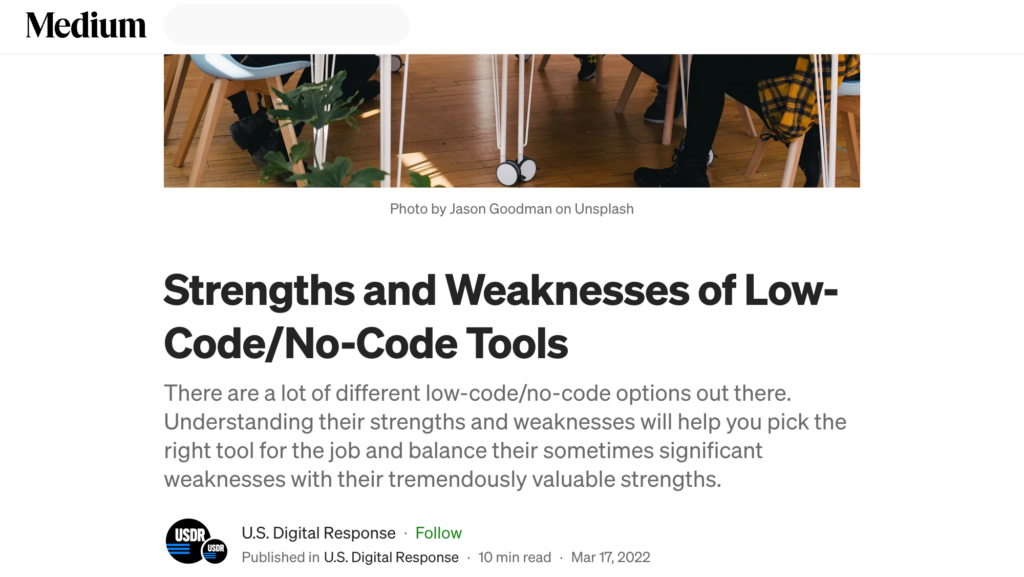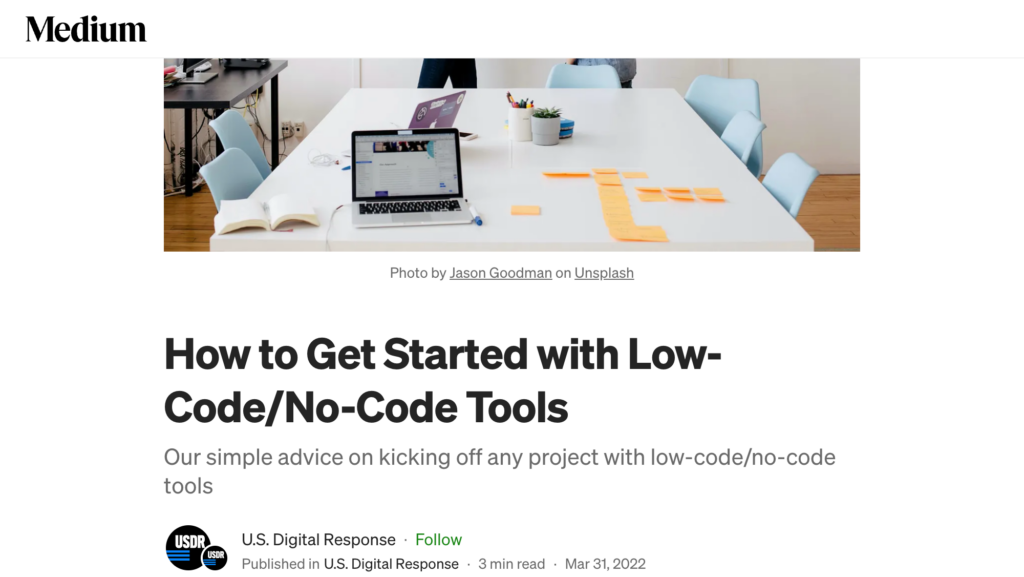Library
Discover the latest innovations, learn about promising practices, and find out what’s coming next with best-in-class resources from trusted sources.
Is there something missing from our library?

Search and filters
Search for the topic or resource you're looking for, or use the filters to narrow down results below.
Results
-

Product Lead
This is a job description for the role of Product Lead from the State of California.
-

Product Manager (IT Specialist)
This is a job description for the role of Product Manager (IT Specialist) from the 18F.
-

Director of Platform
This is a job description for the role of Director of Platform from the Canadian Digital Service (CDS).
-

Senior Product Manager (Platform)
This is a job description for the role of Senior Product Manager (Platform) from the Canadian Digital Service (CDS).
-

BenCon 2023: Lighting the Path for Equitable and Ethical Public Benefits Technology
The article discusses key takeaways from BenCon 2023, highlighting the importance of creating equitable and ethical public benefits technology. It emphasizes the need for tech solutions that address systemic inequalities, ensure accessibility, and promote inclusivity for underserved communities in accessing public services.
-

Strengths and Weaknesses of Low-Code/No-Code Tools
Understanding the strengths and weaknesses of the available low-code/no-code tools will help you pick the right tool for the job and balance their sometimes significant weaknesses with their tremendously valuable strengths.
-

Product Manager
This is a job description for the role of Product Manager from the Colorado Digital Service (CDS).
-

Product Manager
This is a job description for the role of Product Manager from the Colorado Governor's Office of Information Technology.
-

Head of Product Management
This is a job description for the role of Head of Product Management from the Commonwealth of Pennsylvania.
-

How to Get Started with Low-Code/No-Code Tools
Once you've learned about low-code/no-code tools, the question remains: how to get started?
-

Product Management Fellow
This is a job description for the role of Product Management Fellow from the New York City Mayor's Office for Economic Opportunity (NYC Opportunity).
-

Agile Coach
This is a job description for the role of Agile Coach from the State of California.